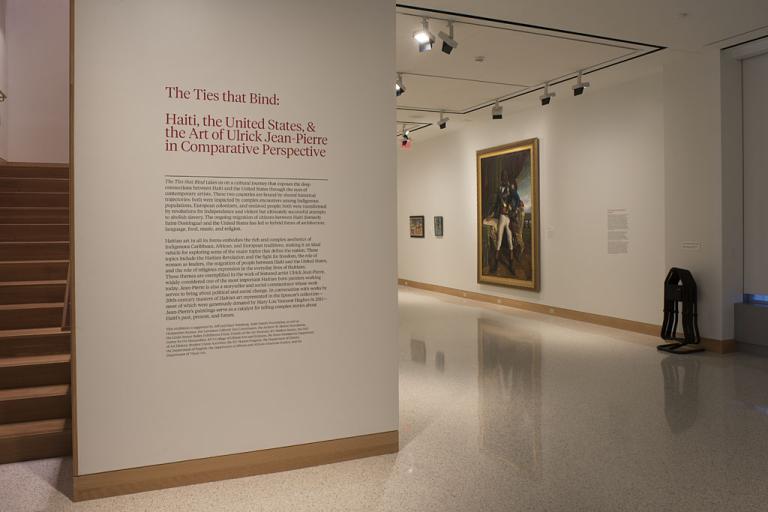Colère (Anger), Salnave Philippe-Auguste
Artwork Overview
Salnave Philippe-Auguste, artist
1908–1989, active 1958–1989
Colère (Anger),
1974
Where object was made: Haiti
Material/technique: hardboard; paint
Dimensions:
Canvas/Support (Height x Width x Depth): 81.5 x 102 cm
Canvas/Support (Height x Width x Depth): 32 1/16 x 40 3/16 in
Frame Dimensions (Height x Width x Depth): 32 1/2 x 40 in
Canvas/Support (Height x Width x Depth): 81.5 x 102 cm
Canvas/Support (Height x Width x Depth): 32 1/16 x 40 3/16 in
Frame Dimensions (Height x Width x Depth): 32 1/2 x 40 in
Credit line: Mary Lou Vansant Hughes Collection
Accession number: 2011.0314
On display: Michaelis Gallery
If you wish to reproduce this image, please submit an image request









